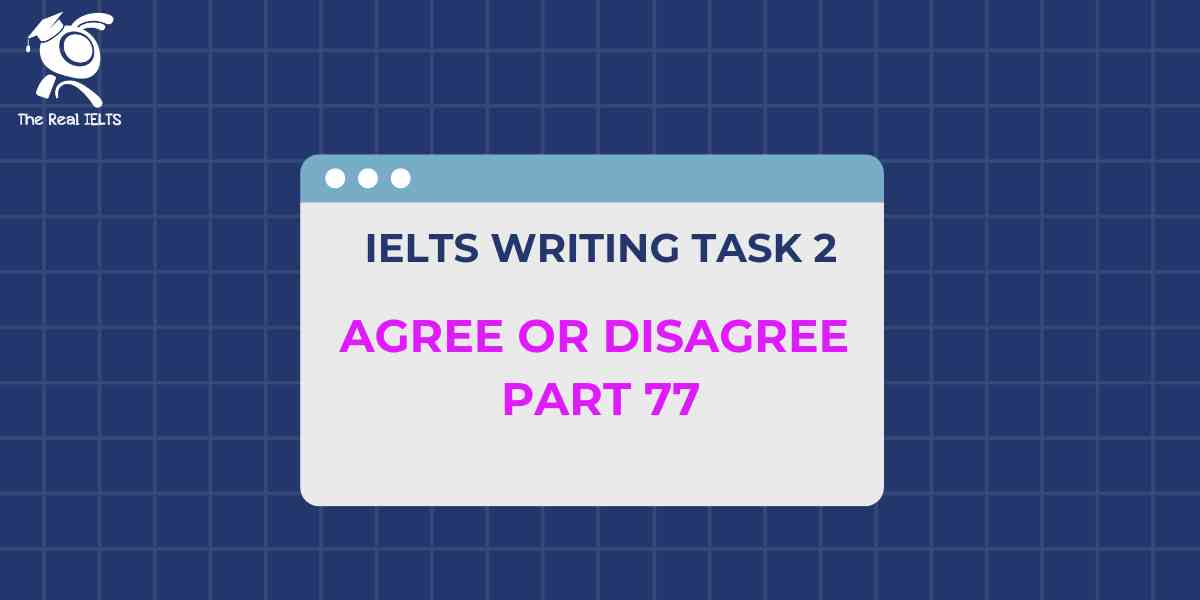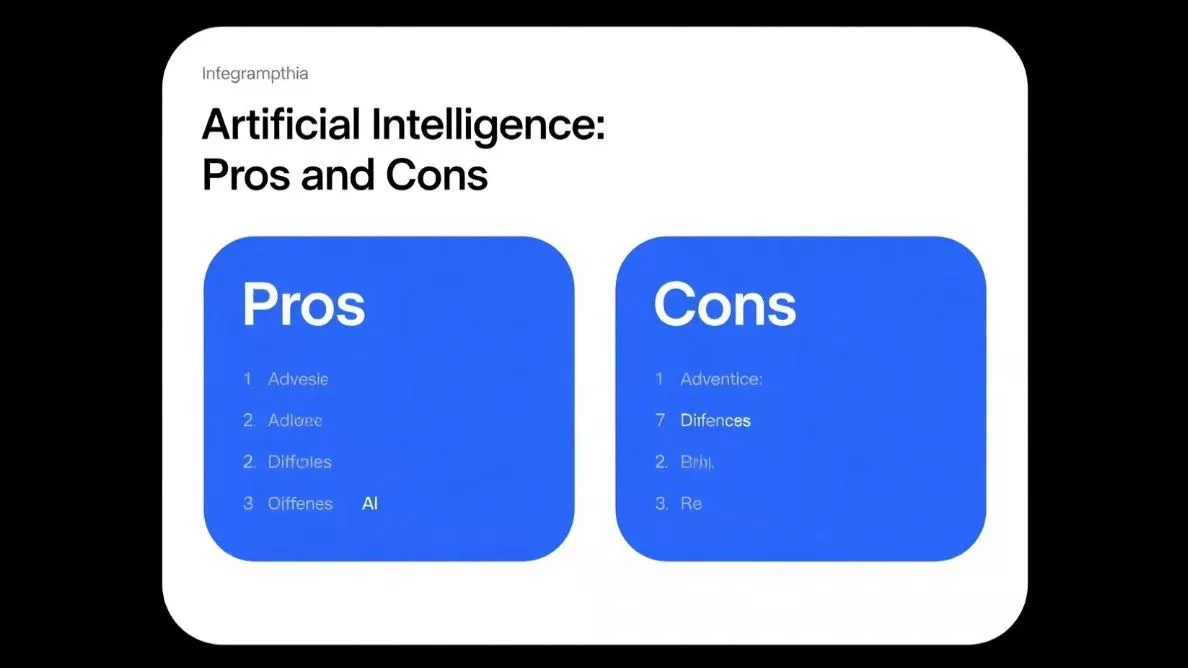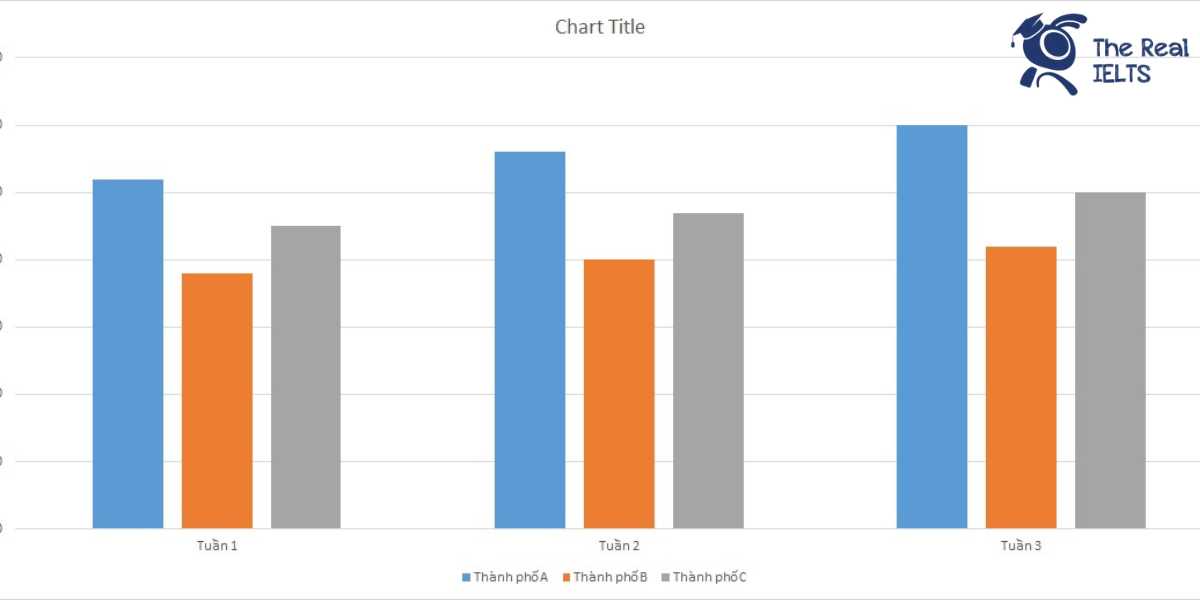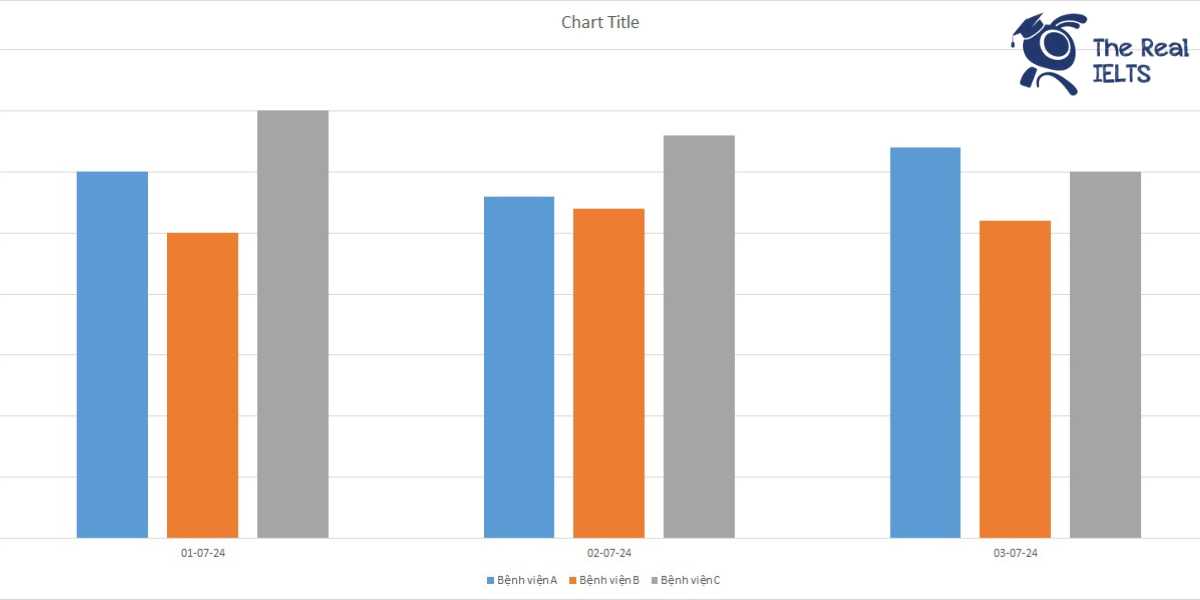Đề bài IELTS Writing Task 2 dạng Agree or Disagree Part 77:
You should spend about 40 minutes on this task
The government should provide free childcare for working parents. To what extent do you agree or disagree?
Write at least 250 words.
Giải mẫu IELTS Writing
In today’s fast-paced world, the need for dual-income households has become more pronounced, necessitating reliable childcare solutions for working parents. The proposition that the government should provide free childcare for working parents is a contentious issue, with valid arguments on both sides. I agree to a large extent with this proposition, but I also acknowledge some potential drawbacks.
Firstly, free childcare can significantly ease the financial burden on working parents. The cost of private childcare can be prohibitively high, consuming a substantial portion of a family’s income. By providing free childcare, the government can ensure that parents are not forced to choose between their careers and the well-being of their children. This financial relief can lead to increased disposable income for families, stimulating economic growth as parents spend more on goods and services.
Moreover, free childcare can promote gender equality in the workforce. Historically, women have often had to take a step back in their careers to take care of children, leading to a gender pay gap and fewer women in leadership positions. With free childcare, both parents have the opportunity to pursue their professional ambitions without being hindered by childcare responsibilities. This could lead to a more balanced representation of genders in various sectors and higher overall productivity.
However, there are concerns regarding the financial feasibility of this proposition. Providing free childcare on a national scale would require a significant investment of public funds, which could lead to increased taxes or reallocation of resources from other essential services. It is crucial to evaluate whether the government’s budget can sustain such a program without compromising other areas like healthcare, education, or infrastructure.
Furthermore, the quality of care provided by the government might not always meet the high standards expected by parents. Government-run facilities may face issues such as overcrowding, insufficient staff, and limited resources, which can affect the quality of care and early childhood education provided to the children. Ensuring high-quality childcare requires not only funding but also stringent regulations and continuous monitoring, which can be challenging to implement effectively.
In conclusion, while I largely agree with the idea that the government should provide free childcare for working parents due to the financial relief and promotion of gender equality it offers, it is important to consider the financial implications and potential quality issues. A feasible solution, perhaps a subsidized childcare program with strict quality controls, might be a more feasible solution, allowing parents to benefit without overburdening the government’s finances.
Cấu trúc ngữ pháp và cấu trúc câu
Cấu trúc câu và cấu trúc ngữ pháp được sử dụng trong bài:
- Câu khẳng định phức tạp (Complex Sentences):
- “In today’s fast-paced world, the need for dual-income households has become more pronounced, necessitating reliable childcare solutions for working parents.”
- “I agree to a large extent with this proposition, but I also acknowledge some potential drawbacks.”
- “The cost of private childcare can be prohibitively high, consuming a substantial portion of a family’s income.”
- “By providing free childcare, the government can ensure that parents are not forced to choose between their careers and the well-being of their children.”
- “With free childcare, both parents have the opportunity to pursue their professional ambitions without being hindered by childcare responsibilities.”
- Câu bị động (Passive Voice):
- “This financial relief can lead to increased disposable income for families, stimulating economic growth as parents spend more on goods and services.”
- “Ensuring high-quality childcare requires not only funding but also stringent regulations and continuous monitoring, which can be challenging to implement effectively.”
- Câu ghép (Compound Sentences):
- “Providing free childcare on a national scale would require a significant investment of public funds, which could lead to increased taxes or reallocation of resources from other essential services.”
- “Government-run facilities may face issues such as overcrowding, insufficient staff, and limited resources, which can affect the quality of care and early childhood education provided to the children.”
- Mệnh đề quan hệ (Relative Clauses):
- “The proposition that the government should provide free childcare for working parents is a contentious issue, with valid arguments on both sides.”
- “A feasible solution, perhaps a subsidized childcare program with strict quality controls, might be a more feasible solution, allowing parents to benefit without overburdening the government’s finances.”
- Mệnh đề chỉ mục đích (Purpose Clauses):
- “Ensuring high-quality childcare requires not only funding but also stringent regulations and continuous monitoring, which can be challenging to implement effectively.”
- Câu điều kiện (Conditional Sentences):
- “It is crucial to evaluate whether the government’s budget can sustain such a program without compromising other areas like healthcare, education, or infrastructure.”
Các từ nối câu và đoạn văn:
- Mở đầu đoạn:
- “Firstly” (Trước hết)
- “Moreover” (Hơn nữa)
- “However” (Tuy nhiên)
- “Furthermore” (Hơn nữa)
- “In conclusion” (Kết luận lại)
- Nối các ý trong câu:
- “but” (nhưng)
- “and” (và)
- “which” (mà, cái mà)
- “as” (khi, vì)
- “without” (mà không)
- Từ kết nối chỉ nguyên nhân – kết quả:
- “due to” (do)
- “because” (vì)
- “leading to” (dẫn đến)
- “allowing” (cho phép)
- Từ chỉ giả định, lựa chọn:
- “perhaps” (có lẽ)
- “whether” (liệu rằng)
Các từ vựng tiếng Anh cần lưu ý trong bài viết
- Dual-income households – Hộ gia đình có hai nguồn thu nhập
- Childcare solutions – Giải pháp chăm sóc trẻ em
- Contentious issue – Vấn đề gây tranh cãi
- Financial burden – Gánh nặng tài chính
- Substantial portion – Phần đáng kể
- Disposable income – Thu nhập khả dụng
- Stimulating economic growth – Thúc đẩy tăng trưởng kinh tế
- Gender equality – Bình đẳng giới
- Gender pay gap – Khoảng cách lương theo giới tính
- Leadership positions – Vị trí lãnh đạo
- Balanced representation – Sự đại diện cân bằng
- Financial feasibility – Khả thi về tài chính
- Significant investment – Đầu tư đáng kể
- Public funds – Quỹ công
- Increased taxes – Tăng thuế
- Reallocation of resources – Phân bổ lại nguồn lực
- Essential services – Dịch vụ thiết yếu
- Quality of care – Chất lượng chăm sóc
- Early childhood education – Giáo dục mầm non
- Stringent regulations – Quy định nghiêm ngặt
- Continuous monitoring – Giám sát liên tục
- Feasible solution – Giải pháp khả thi
- Subsidized childcare program – Chương trình chăm sóc trẻ em được trợ giá
Đọc thêm các bài Luyện Thi IELTS khác trong link nhé.















